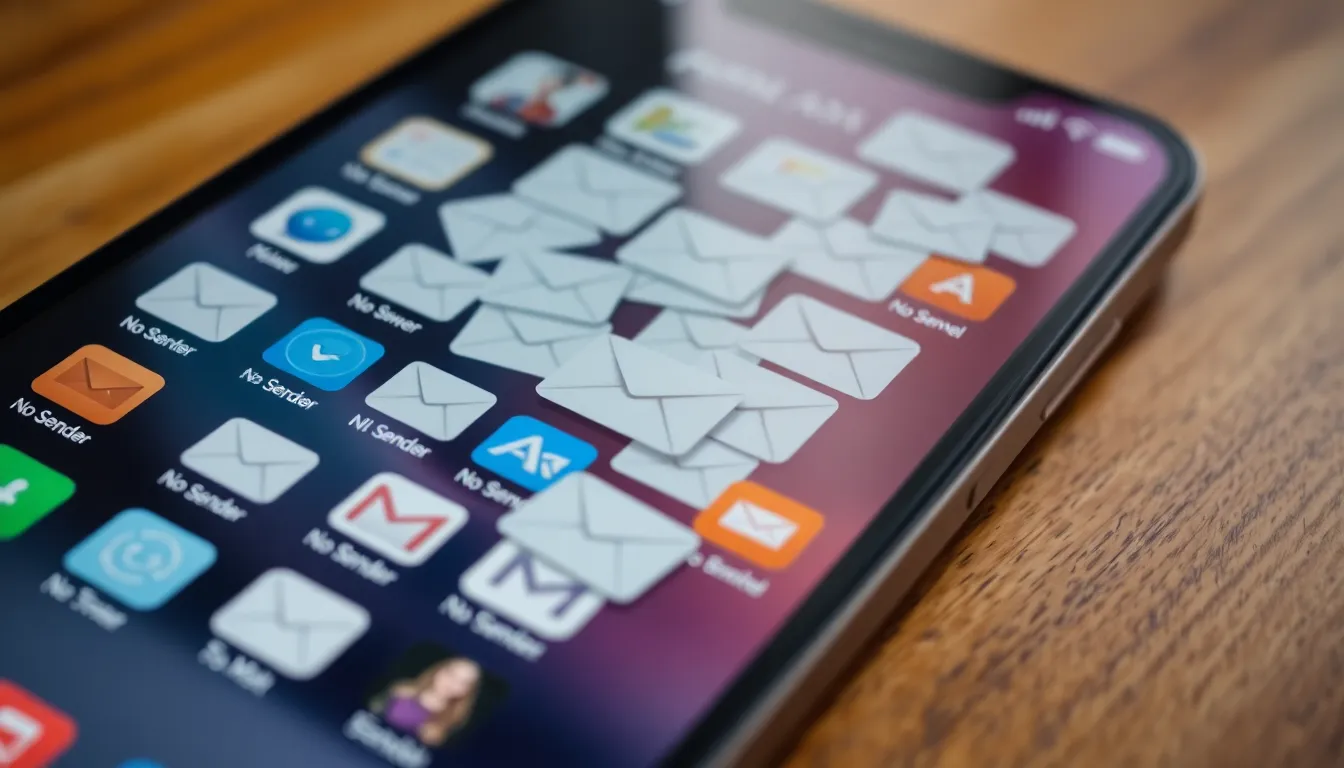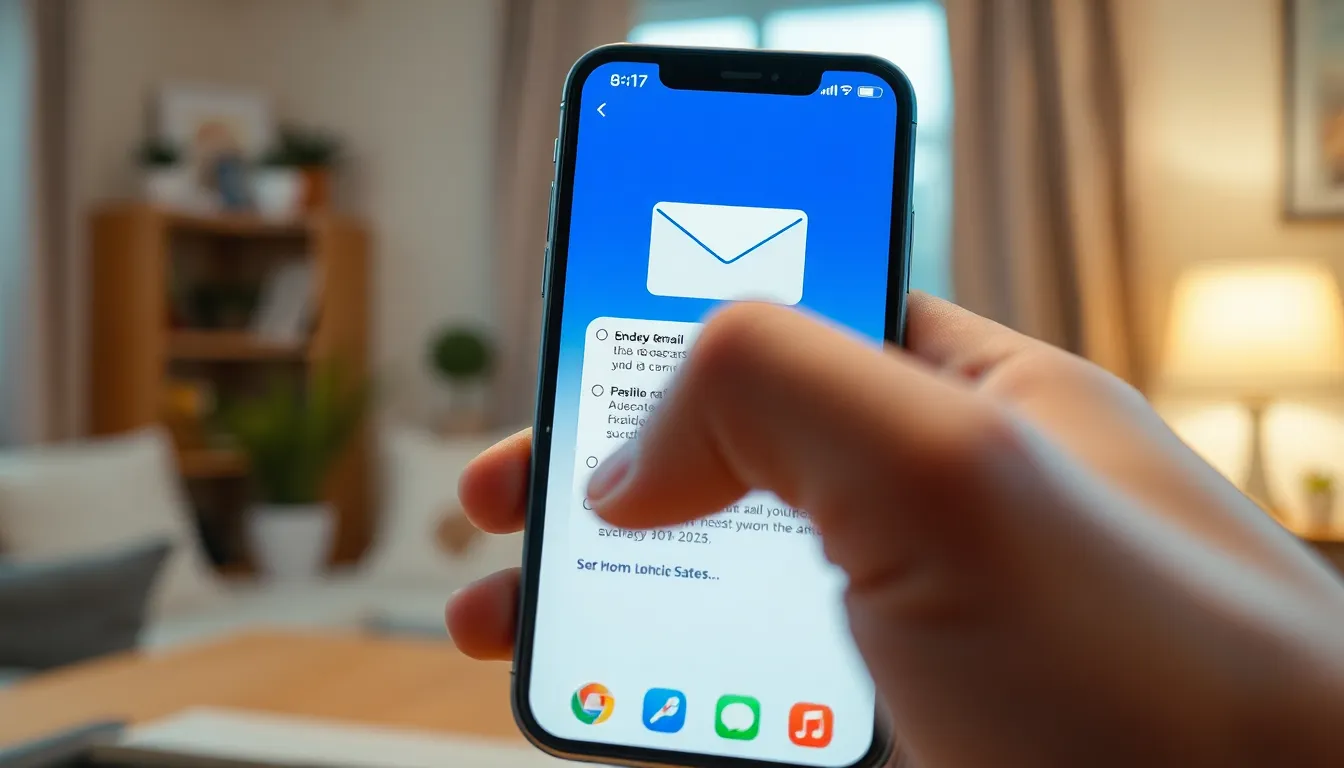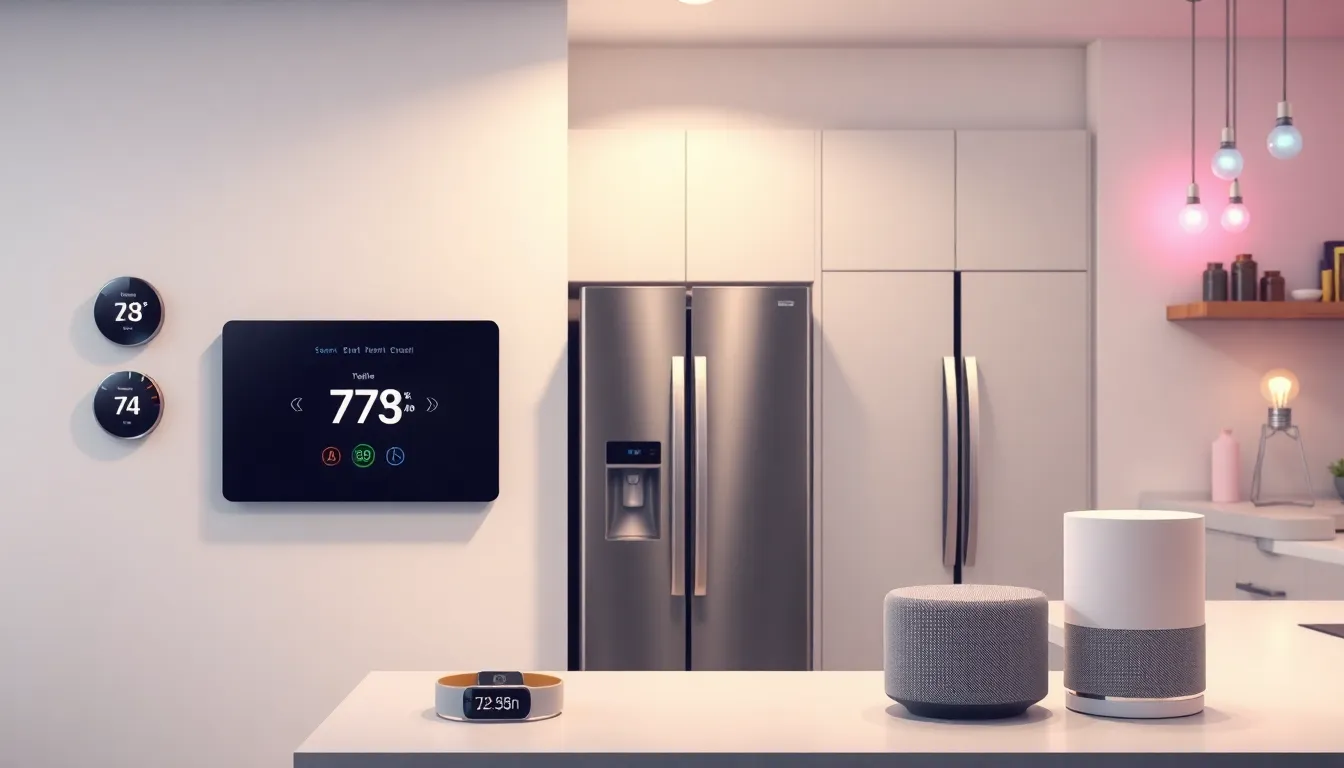Table of Contents
ToggleIf you’ve ever opened your inbox only to be greeted by a mysterious email from “No Sender,” you know the frustration all too well. It’s like getting a birthday card from your cat—confusing and definitely unwanted. These ghostly messages can clutter your inbox and leave you scratching your head. But fear not! There’s a way to banish these digital phantoms once and for all.
Understanding No Sender Emails
No Sender emails create unnecessary clutter in the inbox. Such emails often lack identifiable information, making them perplexing for users.
What Are No Sender Emails?
No Sender emails appear without a recognizable sender’s address. Typically sent by automated systems or spam filters, these emails don’t display relevant information. They might also originate from mail servers that fail to provide sender details. Users may receive these messages due to email forwarding or issues in the email protocol. Their mysterious nature often leaves recipients questioning their significance.
Why They Are Problematic
No Sender emails present several challenges. Clutter accumulates quickly, making inbox management difficult. Users may mistakenly overlook important messages while sifting through these unwanted emails. Also, they can mask spam or phishing attempts, increasing the risk of security breaches. Confusion arises when users can’t identify legitimate communications versus harmful entries. Reducing the presence of No Sender emails becomes crucial for maintaining an organized and secure inbox.
Blocking No Sender Emails in iPhone Mail

No Sender emails can create confusion and clutter in the inbox. Users can take steps to block these unwanted messages efficiently.
Using Filter and Block Options
Filters in iPhone Mail allow users to manage incoming messages effectively. They can block specific email addresses or domains. Alternatively, recipients can set up rules that automatically delete or move emails from No Sender to a designated folder. Accessing these options is simple; users just need to navigate to the Mail settings. Custom filters require defining criteria so that messages lacking sender information are redirected. This process significantly reduces unwanted emails and enhances inbox organization.
Changing Mail Settings
Changing mail settings is another effective way to manage No Sender emails. Users can adjust preferences under the Mail app settings to filter out emails without sender data. By enabling stricter spam controls, unwanted emails may not appear in the primary inbox. It’s essential to check the junk folder regularly, as many No Sender messages might end up there. Regular adjustments to mail settings allow further fine-tuning of what gets delivered. By being proactive, users enhance their email experience, ensuring important messages receive priority.
Alternative Methods to Stop No Sender Emails
Managing No Sender emails can also involve alternative methods beyond standard settings. These strategies can enhance inbox organization and reduce unwanted clutter.
Using Third-Party Email Apps
Consider trying third-party email apps for better filtering capabilities. Many apps, like Spark or Microsoft Outlook, offer advanced features that help users manage emails more effectively. These apps often include customizable filters to sort incoming messages based on various criteria including sender information. Users can seamlessly block No Sender emails by configuring settings tailored to their preferences. Certain apps even provide additional protection against spam, ensuring a cleaner inbox.
Reporting Spam to Your Email Provider
Reporting spam directly to your email provider can significantly reduce No Sender messages. Users can find options in their email settings or within the email itself to report spam. Reporting not only alerts the provider but also contributes to improving future spam filters. Depending on the provider, it may take consistent reporting to see marked improvements. Each action helps refine the accuracy of filters, making it even less likely that No Sender emails appear in the inbox over time.
Tips for Managing Your Inbox
Managing an inbox is crucial for maintaining organization and security. Users can adopt several practical strategies to reduce clutter and enhance their email experience.
Regularly Updating Your Settings
Keeping email settings current plays a vital role in inbox management. Users can enable stricter spam filters, which significantly minimizes the chances of receiving No Sender emails. Adjusting settings ensures optimal filtering for unwanted messages. Customizing folder settings allows for better organization, as important emails can be prioritized while automatically redirecting No Sender emails to respective folders. Checking settings regularly can help adapt to new challenges and improve overall email performance.
Staying Informed About Email Security
Awareness of email security contributes to a safer inbox environment. Users must stay updated on common phishing tactics, which often involve No Sender emails. Understanding how these tactics operate reinforces proactive email protection. Regularly reading articles from reputable sources helps keep users informed about emerging threats. Participating in forums focused on email security can also provide insights and tips. Knowledge empowers users to identify suspicious emails quickly, reducing the risk of falling victim to scams.
Blocking No Sender emails on an iPhone can significantly enhance the user’s email experience. By utilizing the built-in filtering and blocking options users can effectively reduce unwanted clutter. Adjusting mail settings and employing third-party apps further empowers users to take control of their inbox.
Regularly checking the junk folder and reporting spam can also contribute to improved spam filtering. Staying informed about email security and engaging with community resources can help users recognize potential threats. With these strategies in place, managing an inbox becomes more efficient and secure, allowing important messages to shine through without distraction.





